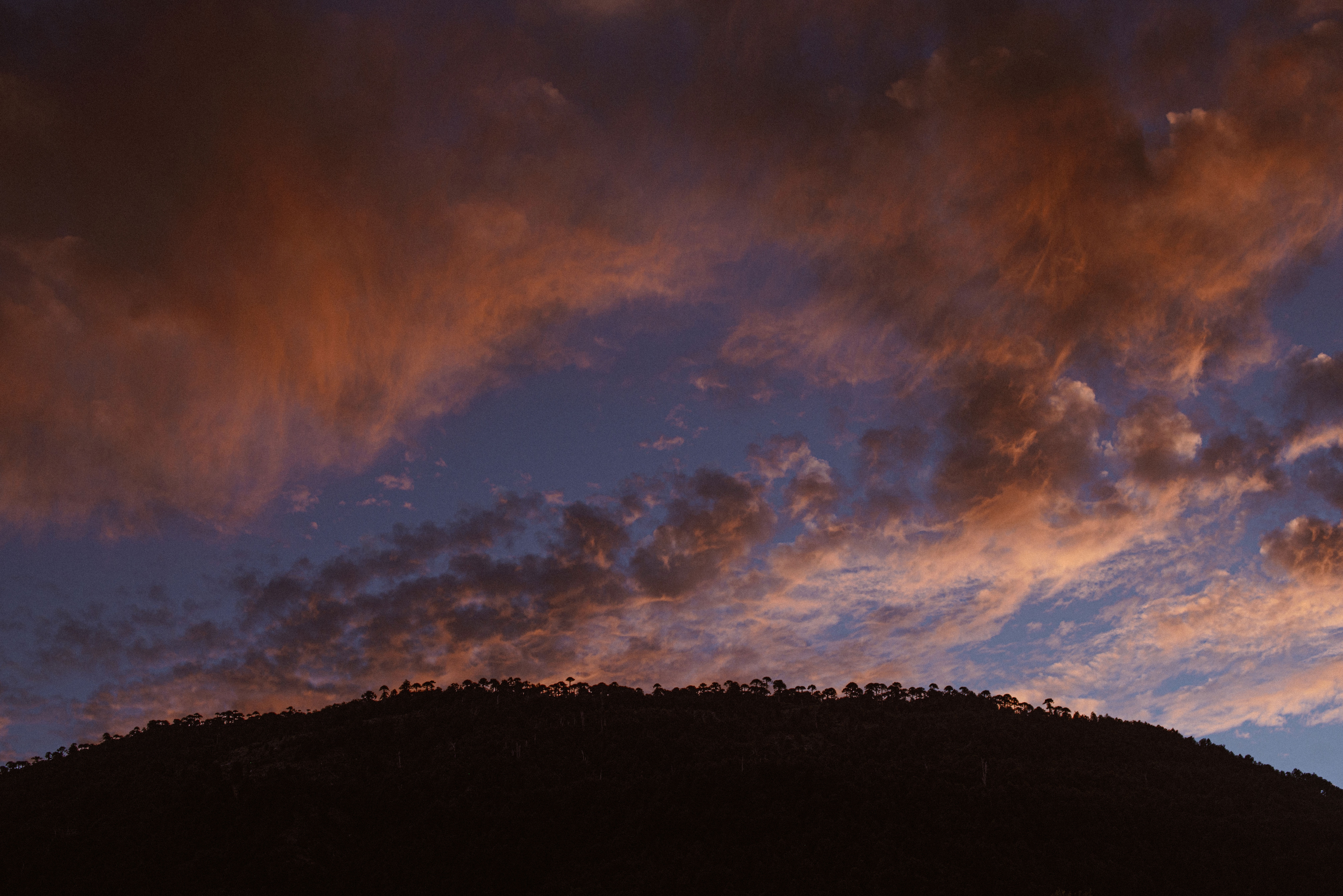“The drones were terrifying. From the ground, it is impossible to determine who or what they are tracking as they circle overhead. The buzz of a distant propeller is a constant reminder of imminent death”1
“Certain members of the Indian elite are of course native informants for first-world intellectuals interested in the voice of the Other. But one must nevertheless insist that the colonial subaltern subject is irretrievably heterogeneous”2
“In critical art and design circles, the theme of surveillance is nos canonical and has its own genres and sub-genres of works. Most revolve around ways to unmask, unsettle, overthrow, and/or defeat surveillance technologies in all their guises, and to define a great many technologies that sense and order the world as being tools of “surveillance”, and therefore are part of a greater apparatus that should be opposed. Much of this work is brilliant, but some of it is dumb or obnoxious. The latter may extend a notion of surveillance learned from cursory readings of Foucault via Wikileaks to include almost any platform based on artificial sensors as part of the Oedipal overwatch”3

I cannot longer participate in the ventriloquism of the speaking subaltern, the NGOs of the world will have to excuse me this time. The present works are just an observation of the obvious necroethics and the material and immaterial techniques of sacrifice. It is a scenario of loneliness and every once in a while an animal appears to question everything we have done, some will react with guilt, others with cynicism, others will parrot whatever aspirational discourse is on trend. And it is noisy, the media is noisy and quadraphonic sound becomes grey, black and white.
Yanquis are demanding purity and authenticity to offer the gift of identity. Few observe that there is no more Western fantasy than looking for a paradise not contaminated by the West. This is why it feels somehow calming to acknowledge that it is so obvious that nature doesn’t care, that in the scales of deep time even this monstruous surveillance apparatus is just a pathetic blink. For some poor souls free market emerges as the natural law. My seasonal affective disorder is the natural law!
Is surveillance the weapon of cowards? What is bravery then? The Ford Foundation says alliance politics is bravery, thus liberal feminists and well-place Southern diasporics are invited to the party. We celebrate the end of heterogeneity because extractivism is a cartel and cartels become one of the crucial pieces of the whole of economic life, and, as someone once said, capitalism has been transformed into imperialism.
Surveillance in the Anthropocene is a spiritual problem, just like everything else.
1. Chamayou, G., Drone Theory. 2015, London: Penguin.
2. Spivak, G., Can the Subaltern Speak? 1985, London: Afterall Books.
3. Bratton, B., The Terraforming, 2020, Moscow: Strelka Press
Sound by IMAABS

























Photos by Paloma Palomino and Josefina Astorga
Research Reports
About the Project
The relation between digital technologies and the climate emergency can be approached from many different perspectives. In our newsletter we have covered issues such as lithium mining to build batteries, urban drought produced by big tech data centres, the enormous carbon footprint of blockchain technologies, and others.
For this project we explored surveillance as a crucial deployment to maintain extractivist industries. According to our research, methods of surveillance not only protect structural power relations but also affect people at grassroots levels in a very intimate dimension.
Our interest is to research the conditions of land defenders being subject to state and private surveillance, we focused on selected indigenous groups in Chile and Canada currently involved in environmental struggles. And even though the Chilean and Canadian context differ widely, a comparative examination of both situations allow us to identify the common capitalist aim of big extractivist corporations and demonstrate the overlap between land defenders and indigenous communities.
The reports we produced depict different implementations of surveillance against these indigenous groups, technologies such as social media monitoring, drones flying over the territories, heat detection cameras as well as media exclusion zones in which only the police is allowed to register events.
Still, beyond the technological details and the political arrangements that facilitate this global industry of surveillance, we consider it important to also address the effects of these practices. Our proposal is that this is a discussion that should not be approached only through technical and policymaking practices, and we are motivated by the many findings in which land defenders expand about a pervasive state of discomfort produced by the permanent and menacing presence of surveillance in their lives. Consequently, we are facing a sustained biopolitical attack that inevitably affects private lives and manifests in situations such as the land defenders in Canada expressing how forced they feel to act as a “perfect person” in order not to be framed with a judicial accusation, or Mapuche children identifying the police presence as a natural element in their lives to the point of even drawing repression machinery in their school assignments.
Despite this topic being a matter of human rights, these effects of surveillance cannot be tackled using only a legal approach, this is why we asked three artists to provide an interpretation of this issue using an artistic research perspective. This means the use of art practice as a source of knowledge production. We favour this method after years of investigating the current climate crisis and our certainty that this is a problem that needs to be addressed holistically and with an interdisciplinary lens.
Finally, an integral vision of the topic of indigenous land defenders being at the frontlines of the struggle against extractivist economies, allows us to realise that the physical and emotional health of individuals is not a limit for this destructive global enterprise and, at the same time, it allows us to understand how capitalism in the Anthropocene badly needs surveillance technologies for its survival.
CREDITS
Original idea and project management by Paz Peña and Danae Tapia
Research reports by Paz Peña
Artistic curation, opening text and website by Danae Tapia
Artworks by Imaabs, Paloma Palomino, Josefina Astorga and Andrés Tapia
Supported by Digital Defenders Partnership Fund


